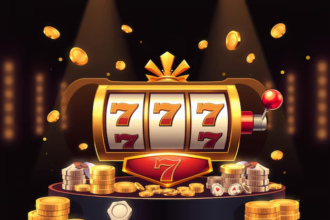Plants are grown for several reasons. We eat them, construct them, and enjoy them. A plant only grows to reproduce and develop more plants like it! A life cycle depicts how living organisms evolve and reproduce. A seed is a part of many plant life. This page explains the blooming plant life cycle.
Reproduction
Reproduction occurs when flowering seeds create plants. A seed breaks open when it finds a favorable spot to germinate. The seed embryo develops into a seedling. Roots anchor the plant in the soil. Roots absorb water, nutrients, and food.
From the roots, a shoot develops into a stem that transports water and nutrients throughout the plant. The stem also supports leaves for photosynthesis. Photosynthesis is the process of turning sunlight into plant energy.
Fertilization
When a seedling matures into an adult plant and is ready to reproduce, it produces flowers to signal that it is ready. Pollination and fertilization are carried out by flowers, which are specific structures that are involved in the process of sexual reproduction.
Process of Pollination
Pollination is the process by which pollen is transported (by the wind or animals such as insects or birds) from the male portion of a flower (the anther) to the female part (the stigma) of another or the same bloom by the wind or animals such as insects or birds. The pollen then travels from the stigma to the ovules of the female flower.
Male gametes in pollen have half the chromosomes of the plant. After pollination, these gametes join with female gametes, which contain half the chromosomes. This is fertilization. In a seed, the fertilized combined cell grows into an embryo. In the right conditions, the embryo grows into a new plant with root, stem, and leaf parts.
The life cycle of flower seeds is similar among species, but the length of time it takes them to complete each stage varies significantly. Some plants go through their entire life cycle in a matter of weeks, while others take many years.
Hibernation
Annuals are seedlings. They bloom, produce seeds, then perish in less than a year. Some repeat the cycle several times a year. Annuals include corn, beans, zinnia, and marigolds.
Biennials are plants that live for two years. They sprout from a seed and hibernate. They bloom, seed, and die in the spring. Seeds produce new plants. Parsley is a biennial.
Perennials live three years or more. Some, like trees, blossom, and seeds annually. Other perennials lose their leaves and stem in the winter, but the plant lives underground. In the spring, new stems emerge, bearing flowers. Perennials like tulips and daffodils are examples.











